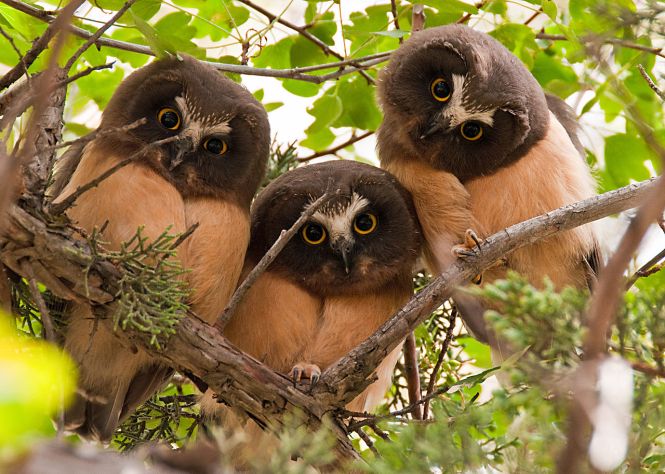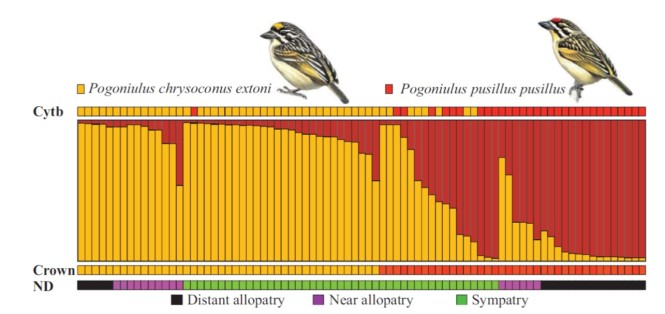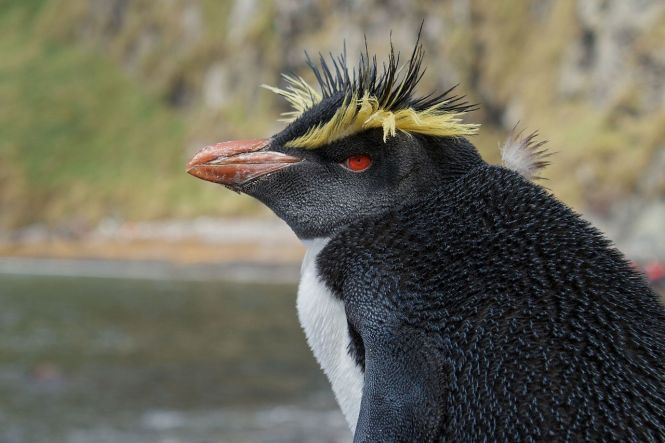duunnn dunnn… duuuunnnn duun… duuunnnnnnnn dun dun dun dun dun dun dun dun dun dun dunnnnnnnnnnn dunnnn
– Jaws theme song
Hybridization in birds is quite common. The latest estimate states that about 16 percent of all bird species has hybridized with at least one other species. In other animal groups, the incidence of hybridization is less clear. In cartilaginous fish (sharks and rays), for example, this process remains largely unstudied. There are several reasons for this gap in our knowledge: difficult sampling, morphological similarities and few molecular markers. However, more and more studies are documenting hybridization between species of cartilaginous fish. Let’s have a look at some recent studies.
From Dusky till …
The Galapagos Shark (Carcharhinus galapagensis) and Dusky Shark (C. obscurus) are morphologically very similar. The main features to tell them apart are the dorsal fin heights and the number of precaudal vertebrae. The Galapagos Shark has between 103 and 109 of these vertebrae, while the Dusky Shark has only 86 to 97. Genetically, however, they are more difficult to separate. A study based on mtDNA failed to distinguish them and even questioned their status as distinct species.
More recent work, using genome-wide data, contradicted this mitochondrial study and showed that Galapagos Shark and Dusky Shark are clearly separate species. In a first genomic study, Shannon Corrigan and her colleagues found evidence for historic hybridization, including the exchange of mtDNA (which can explain why the mitochondrial study could not differentiate between the species). A second genomic analysis by Diana Pazmiño and her colleagues indicated that hybridization is still ongoing. Gene flow is going in both directions, from Dusky till Dawn Galapagos and the other way around.

A Galapagos Shark at the Revillagigedo Islands (Mexico). © Tam Warner Minton | Wikimedia Commons
Hammerheads and Blacktips
Similarly, using a genomic approach, Amanda Barker and her co-workers uncovered ongoing hybridization between Carolina Hammerhead (Sphyrna lewini) and Scalloped Hammerhead (S. gilberti). In a sample of more than 550 sharks, they found 10 first-generation hybrids and about 15 putative backcrosses. The presence of backcrosses indicates that hybrids are fertile. Interestingly, all hybrids possessed mtDNA from Carolina Hammerhead, indicating that introgression is sex-biased.
You can find another pair of shark species that are currently hybridizing in Australia. Here, Australian Blacktip Shark (Carcharhinus tilstoni) and Common Blacktip Shark (C. limbatus) are interbreeding. A study by Jess Morgan and others ran into a mismatch between mtDNA and species identification using morphological characters. This prompted them to sequence a species-specific nuclear gene. Analyses of this gene uncovered extensive hybridization.

A Scalloped Hammerhead off Cocos Island, Costa Rica. © Barry Peters | Wikimedia Commons
Everybody Loves Rays
Hybrids between rays have also been reported recently. An interesting case occurred in Paraguay where the construction of a hydroelectric dam in Itaipu in 1982 facilitated the invasion of Upper Paraná River by two species of freshwater stingray: Potamotrygon motoro and Potamotrygon falkneri. A first genetic study, using mtDNA and a set of microsatellites, found evidence for hybridization. These results were later confirmed with genomic data.
Finally, Stephen Donnellan and his co-workers discovered hybrids between Eastern Fiddler Ray (Trygonorrhina fasciata) and Southern Fiddler Ray (T. dumerilii) while they were investigating the taxonomic status of extremely rare Magpie Fiddler Ray (T. melaleuca). For those interested, the Magpie Fiddler Ray turned out to be a rare color variant of the Southern Fiddler Ray.

Eastern Fiddler Ray in Jervis Bay, New South Wales. © Rick Stuart-Smith / Reef life Survey | Wikimedia Commons
More to Come?
This short overview of hybridization in rays and sharks could just be the tip of the iceberg. As more genomic data floods in, fish biologists might discover more and more hybrids in the shallow waters, deep seas, and murky rivers.
References
Barker, A.M., Adams, D.H., Driggers, W.B., Frazier, B.S. & Portnoy, D.S. (2019) Hybridization between sympatric hammerhead sharks in the western North Atlantic Ocean. Biology Letters, 15(4):20190004.
Corrigan, S., Delser, P.M., Eddy, C., Duffy, C., Yang, L., Li, C., Chenhong, L., Bazinet, A.L., Mona, S. & Naylor, G.J.P. (2017). Historical introgression drives pervasive mitochondrial admixture between two species of pelagic sharks. Molecular Phylogenetics and Evolution, 110:122-126.
Cruz, V.P., Vera, M., Mendonça, F.F., Pardo, B.G., Martinez, P., Oliveira, C., & Foresti, F. (2015). First identification of interspecies hybridization in the freshwater stingrays Potamotrygon motoro and P. falkneri (Myliobatiformes, Potamotrygonidae). Conservation Genetics, 16(1):241-245.
Cruz, V.P., Vera, M., Pardo, B.G., Taggart, J., Martinez, P., Oliveira, C., & Foresti, F. (2017). Identification and validation of single nucleotide polymorphisms as tools to detect hybridization and population structure in freshwater stingrays. Molecular Ecology Resources, 17(3):550-556.
Donnellan, S.C., Foster, R., Junge, C., Huveneers, C., Rogers, P., Kilian, A., & Bertozzi, T. (2015). Fiddling with the proof: the Magpie Fiddler Ray is a colour pattern variant of the common Southern Fiddler Ray (Rhinobatidae: Trygonorrhina). Zootaxa, 3981(3):367-384.
Morgan, J.A., Harry, A.V., Welch, D.J., Street, R., White, J., Geraghty, P.T., Macbeth, W.G., Tobin, A., Simpfendorfer, C.A. & Ovenden, J.R. (2012). Detection of interspecies hybridisation in Chondrichthyes: hybrids and hybrid offspring between Australian (Carcharhinus tilstoni) and common (C. limbatus) blacktip shark found in an Australian fishery. Conservation Genetics, 13(2):455-463.
Naylor, G.J.P., Caira, J.N., Jensen, K., Rosana, K.A.M., White, W.T. & Last, P.R. (2012) A DNA sequence-based approach to the identification of shark and ray species and its implications for global elasmobranch diversity and parasitology. Bulletin of the American Museum of Natural History, 367:1-262.
Pazmiño, D.A., van Herwerden, L., Simpfendorfer, C.A., Junge, C., Donnellan, S.C., Mauricio Hoyos-Padilla, E., Duffy, C.A.J., Huveneers, C., Gillanders, B.M., Butcher, P.A. & Maes G.E. (2019) Introgressive hybridisation between two widespread sharks in the east Pacific region. Molecular Phylogenetics and Evolution, 136:119-217.





























